This autumn, I’ve received a number of emails from new readers who’ve dusted off the radio in their closet and decided to get back into shortwave radio listening and/or ham radio.
I can’t recall another time I’ve gotten so many similar messages and I can only attribute it to the fact so many people across the globe are still having to social distance due to the C-19 pandemic.
There’s.a common theme in the messages I’ve been receiving from readers. Here’s an excerpt from the latest message (note that I removed the model name from this question because, frankly, it’s irrelevant):
“[My radio] seems to be in great working order. It’s been stored in a climate controlled environment and besides needing a little DeOxit on some of the pots, it works like new. I couldn’t be happier! My question to you is, this model is from the 1990s when I used to be hot and heavy into radio. I know technology has advanced by leaps and bounds since then, so as I get back into radio maybe I should invest in a newer model? What do you think or suggest?”
It’s true that radio technology has gone through a massive number of innovations since the 1990s. We’ve seen the advent of Software Defined Radios and portable receivers/transceivers sporting DSP technology. Far be it from me to dissuade anyone from acquiring new gear!
With that said, I also believe that the best radio you have is the one in front of you. Period.
Listening is a skill
You can’t buy it. Whether you’re an SWL or ham radio operator, most of the time you’re on the air, you’re listening. And the best filter you have is the one in your head. I’ll quote from an article I posted many moons ago:
My good friend Vlado (N3CZ) is a case in point: he is one of the most capable ham radio DXers I know. His extraordinary ability to pull intelligible conversations and CW (Morse code) out of the static, even in crowded radio conditions, is simply astounding. Vlado’s main transceiver is nearly two decades old, and by no means a benchmark technically. If you ask Vlad if he uses filters and digital signal processing, he will wisely tell you, in his Macedonian accent: “Your best filter is between your ears.”
The same goes for SWLing. I have spent enough time listening to shortwave and weak DX that I can now pull conversations out of the noise that my (non-radio) friends can barely detect. I’m convinced this is healthy exercise for the old grey matter.
A seasoned radio enthusiast can grab any radio and make the most of it.
Imagine what Joe Walsh could do with a toy guitar…
Do you think the guitar makes him one of the greatest guitarists of all time?
Many of the advances in technology over the past two or three decades has, of course, given us better tools for working weak signals. But more importantly, it’s brought down the price of performance. I can invest $200 in an SDR that will perform as well as or better than multi thousand dollar benchmark receivers from the 1990s. So yes, in terms of equipment, it’s a brilliant time to be an SWL or ham radio operator.
But at the end of the day, your skills are more important your gear.
My advice?
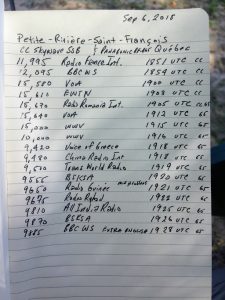 Make the most of the radio you have.
Make the most of the radio you have.
Challenge yourself to log a certain amount of DX with your radio–try to work states, counties, provinces, regions, territories, or countries. Make your own goals!
Get to know your radio so well you can use it blindfolded!
If you still feel you want to invest more in your gear, go for it and don’t look back!
That will be all.
-Thomas

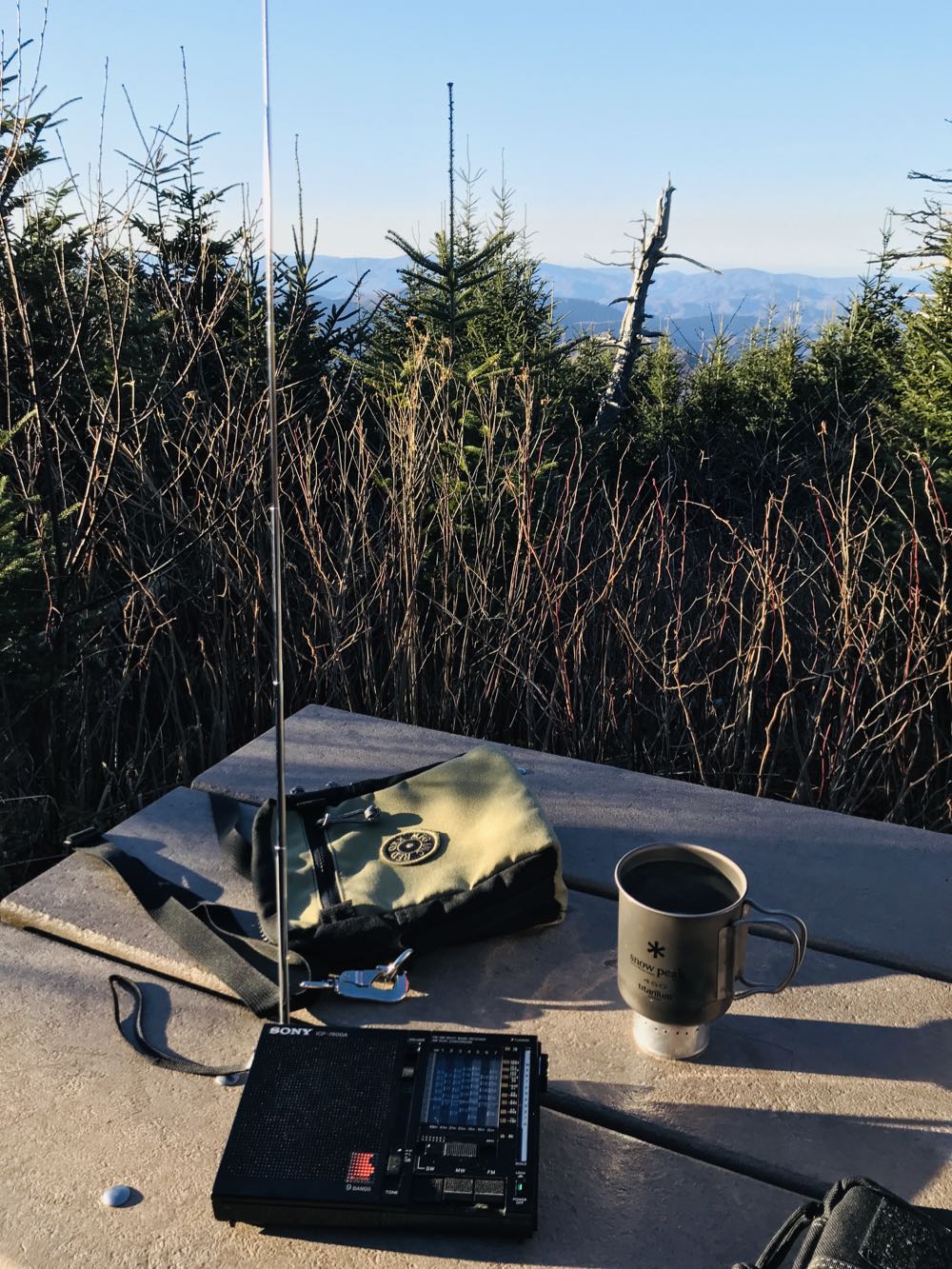

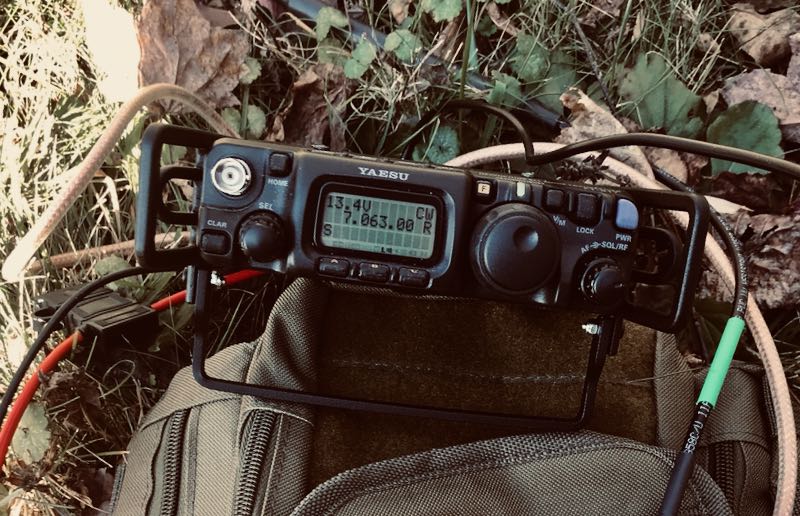
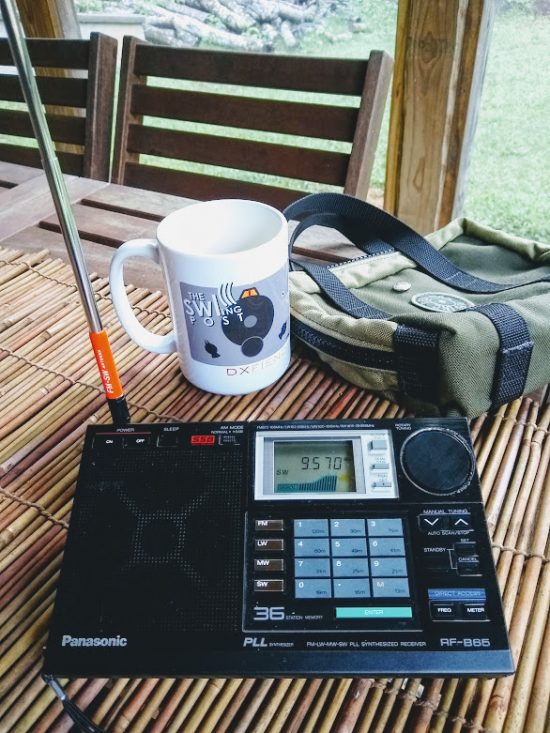
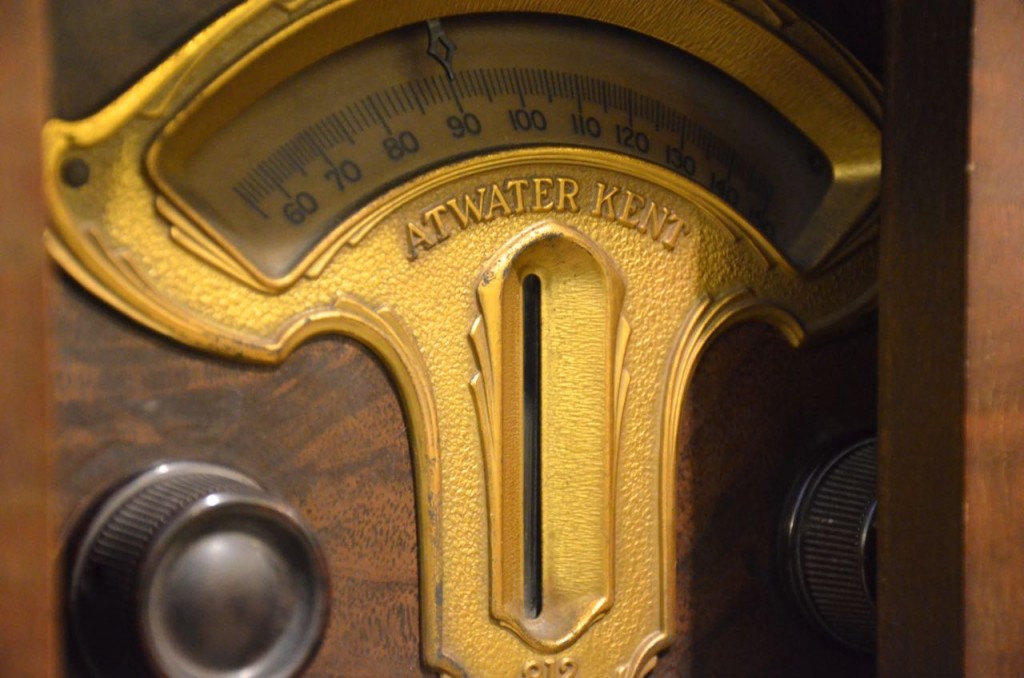
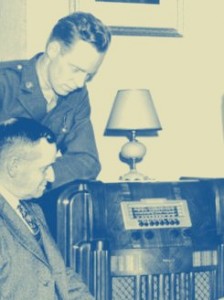 I’ve always believed that, over time, the process of listening through static to hear a distant shortwave broadcast, has been good for not only increasing my listening skills in general, but has been healthy for the grey matter. Seth S. Horowitz, auditory neuroscientist at Brown University, has just substantiated this belief in his NY Times piece,
I’ve always believed that, over time, the process of listening through static to hear a distant shortwave broadcast, has been good for not only increasing my listening skills in general, but has been healthy for the grey matter. Seth S. Horowitz, auditory neuroscientist at Brown University, has just substantiated this belief in his NY Times piece,